How to Ensure Compliance and Safety in Lifting Equipment Inspection for Global Standards
In the world of industrial operations, ensuring safety and compliance with global standards in lifting equipment inspection is of paramount importance. This blog aims to shed light on the best practices and methodologies that companies can adopt to conduct effective lifting equipment inspections. With the rise of international regulations and the need for enhanced safety measures, organizations must be proactive in implementing robust inspection protocols that not only meet compliance standards but also safeguard the well-being of their workforce.
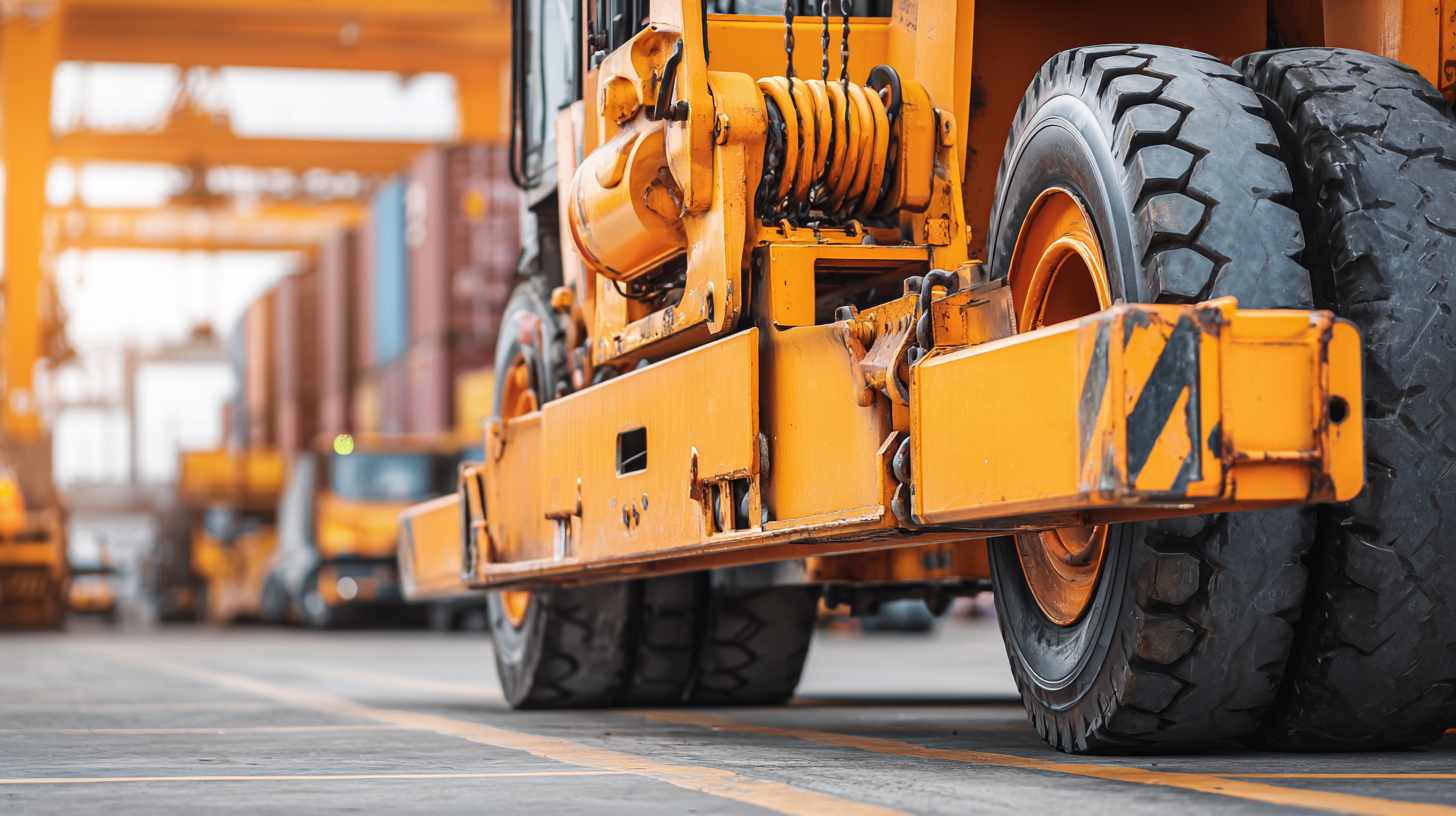
From understanding the regulatory landscape to integrating advanced technologies in inspection processes, we will explore key strategies that help businesses maintain their lifting equipment in optimal condition. By focusing on comprehensive lifting equipment inspection procedures, companies can mitigate risks, enhance operational efficiency, and uphold their commitment to quality and safety.
Best Practices for Lifting Equipment Inspection to Meet Global Standards
When conducting lifting equipment inspections, adhering to global standards is paramount to ensure safety and compliance. One best practice is to implement a systematic inspection schedule that aligns with the specific requirements of international regulations like ISO and OSHA. Regular inspections not only help identify potential hazards but also maintain the reliability of equipment. Utilizing a detailed checklist tailored to the type of lifting equipment—whether it's cranes, hoists, or forklifts—can streamline the process and enhance thoroughness.
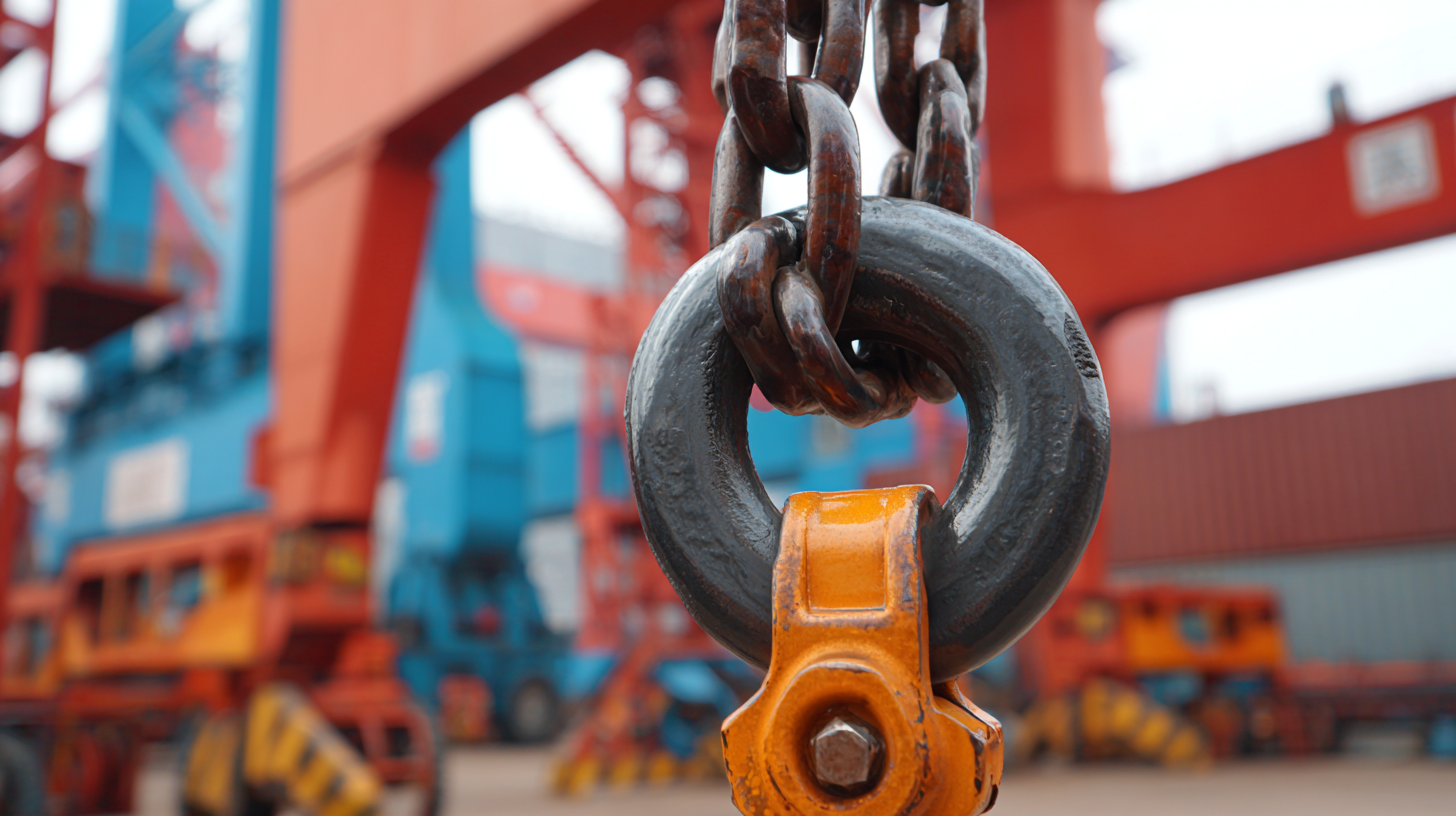
Additionally, training and certifying inspection personnel is crucial to uphold inspection integrity. Qualified inspectors should be well-versed in the latest safety protocols and technological advancements related to lifting equipment. This includes familiarizing themselves with equipment specifications, load capacities, and environmental factors that might affect performance. Regular workshops and refreshers can ensure that the team stays updated on compliance changes and best practices, fostering a culture of safety and diligence in lifting operations. By following these best practices, organizations can significantly mitigate risks and enhance the overall safety of their lifting operations on a global scale.
Key Regulatory Frameworks Governing Lifting Equipment Safety
Ensuring compliance and safety in lifting equipment inspection is crucial, especially when adhering to global standards. Key regulatory frameworks, particularly those emerging from recent safety analyses and trends, underline the importance of stringent safety protocols. For instance, the Maritime Safety Committee (MSC) has taken significant steps to enhance maritime safety, as identified in its recent session outcomes, which emphasize rigorous inspections for lifting equipment used in port operations.
Moreover, with the Tower Crane Market projected to reach USD 36,971.1 million, it is essential for organizations to implement safe operational standards to mitigate risks associated with such equipment. Compliance trends are evolving, particularly in the APAC region, where governments are introducing comprehensive regulatory updates for 2025. These frameworks promote best practices and ensure that lifting equipment is not only compliant but also safe for operators.
Tips for compliance include regularly updating inspection protocols in accordance with regulatory changes, investing in training programs for staff on safe lifting practices, and conducting routine risk assessments to identify potential hazards. By prioritizing these measures, companies can significantly reduce the risks associated with lifting operations and enhance overall safety across their projects.
How to Ensure Compliance and Safety in Lifting Equipment Inspection for Global Standards
| Regulatory Framework | Region | Key Requirements | Frequency of Inspection | Certification Body |
|---|---|---|---|---|
| ISO 4301 | International | Design, manufacture, and testing of lifting equipment | Annually | ISO Accredited Bodies |
| OSHA Standards | United States | Regular maintenance, record keeping, and operator training | Monthly | OSHA Certification |
| EN 818 | Europe | Safety requirements for lifting chains and components | Biannually | European Standards Organizations |
| AS 1418 | Australia | Safety of cranes, hoists and associated lifting equipment | Every 3 months | Standards Australia |
| OHSA 1994 | Canada | General safety in workplace and equipment | Quarterly | Technical Standards and Safety Authority |
Essential Digital Tools for Lifting Equipment Compliance Management
In the realm of lifting equipment compliance management, leveraging essential digital tools is paramount to meet global standards effectively. Recent industry reports indicate that up to 30% of workplace accidents in construction and manufacturing sectors can be attributed to equipment failure, often due to inadequate inspection protocols. Digital solutions such as mobile inspection apps, cloud-based tracking systems, and predictive maintenance software significantly enhance the ability to maintain compliance and ensure safety standards are met.
Tips: Implementing a robust digital inspection tool can streamline the data collection process, allowing inspections to be both efficient and accurate. Utilizing real-time data analytics can help facility managers identify recurring issues, allowing for proactive measures and reducing potential downtime. Furthermore, automation of compliance reporting not only saves time but minimizes human error in documentation.
Another crucial digital tool is the integration of training and certification management software which can track personnel qualifications and training history. According to a recent survey, organizations that utilize such platforms reportedly see a 40% increase in compliance adherence. By ensuring that staff are consistently trained and certified, companies can raise safety standards and lower risks associated with lifting equipment operations. Embracing these digital innovations is vital for fostering a culture of safety and compliance within any organization.
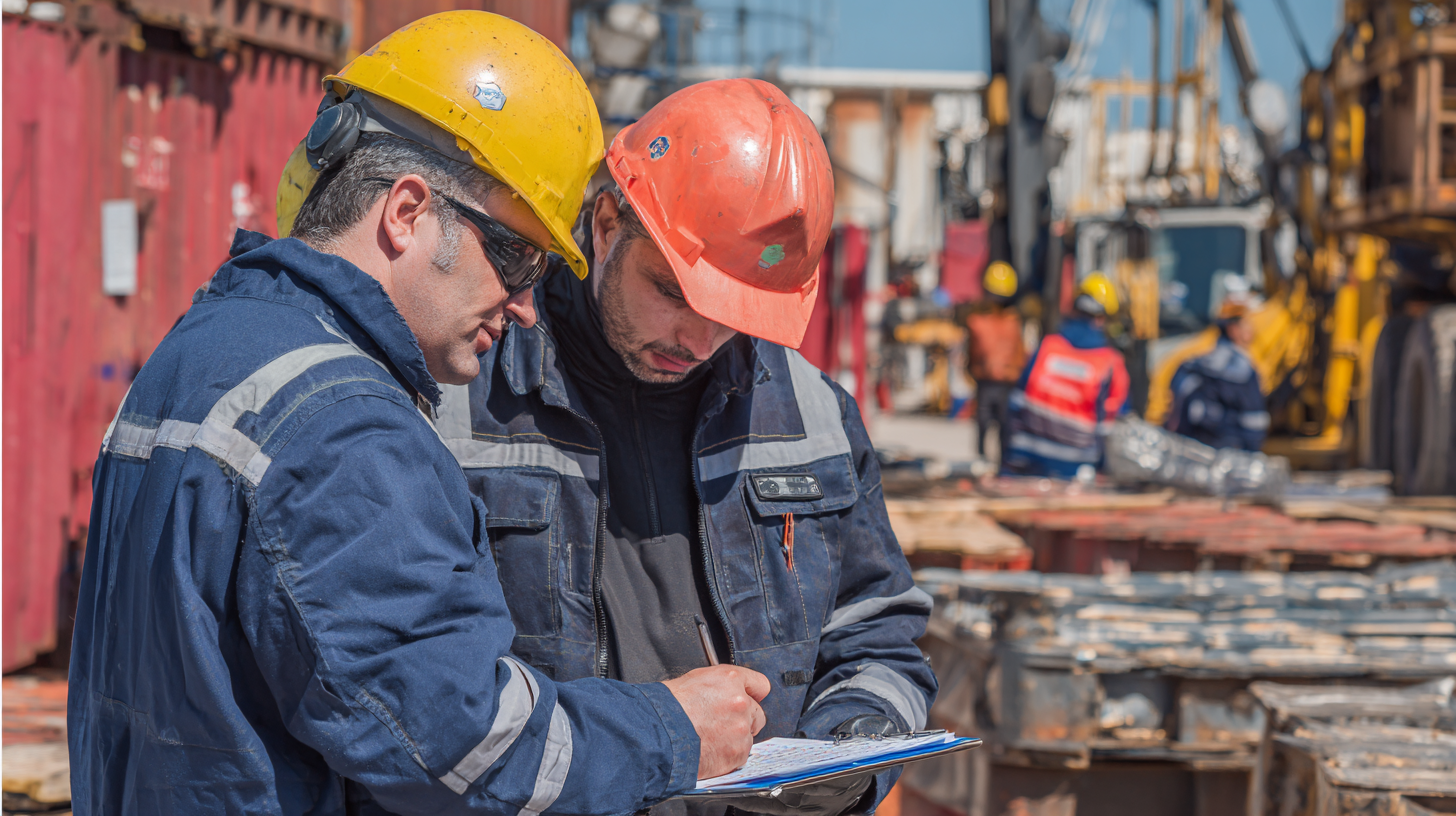
Common Pitfalls in Lifting Equipment Inspections and How to Avoid Them
When it comes to lifting equipment inspections, there are several common pitfalls that can jeopardize compliance and safety. One of the most frequent errors is neglecting to keep accurate and up-to-date records of inspections and repairs. This oversight not only risks non-compliance with global standards but also leaves organizations vulnerable to costly penalties and operational disruptions. To avoid this, businesses should establish a comprehensive documentation process that tracks all inspections, findings, and actions taken.
Another common mistake is failing to train staff adequately on safety protocols and proper equipment use. Inadequate training can lead to mishandling of equipment and increased risk of accidents. To mitigate this risk, implement regular training sessions and drills that reinforce safety practices and ensure all personnel are familiar with the equipment they operate.
Lastly, organizations should be cautious of ignoring environmental factors that could affect equipment performance. External elements such as extreme temperatures or moisture may compromise equipment integrity. Conduct regular assessments of the working environment and adapt inspection practices accordingly. By addressing these pitfalls, companies can create a safer, more compliant workplace for all.
Tips for Training Personnel on Lifting Equipment Safety and Compliance
Training personnel on lifting equipment safety and compliance is essential to uphold global standards and ensure a safe working environment. One of the first steps in this process is to implement a comprehensive training program that covers the fundamentals of lifting equipment, including types, safe operating procedures, and common hazards associated with their use. Regular training sessions should be conducted to reinforce these concepts and to keep personnel current with evolving regulations and technologies.
Moreover, interactive training methods, such as hands-on demonstrations and simulations, can significantly enhance learning. Encouraging personnel to participate actively not only improves retention of safety protocols but also fosters a culture of safety within the organization. It is also beneficial to integrate assessments and certification following the training, which helps ensure that all personnel are competent and equipped to operate lifting equipment safely and efficiently. Regular refresher courses and updated training materials are instrumental in maintaining high standards of safety and compliance throughout the workforce.
Inspection Compliance and Safety in Lifting Equipment
Related Posts
-
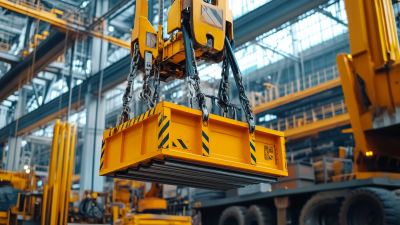
What You Need to Know About Lifting and Handling Equipment Trends in 2023
-
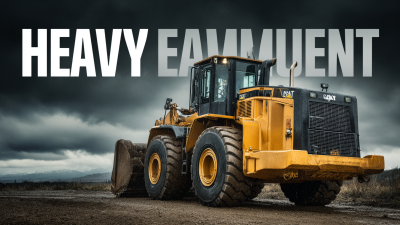
5 Key Reasons Why Best Heavy Equipment is Essential for Maximizing Construction Efficiency
-

How to Navigate Import and Export Certifications for the Best Lifting Jib Crane
-

Unlocking Efficiency in Manufacturing with the Best Sheet Lifters and How to Choose the Right One
-

Exploring Innovative Alternatives to Traditional Lifts: Insights from the Best Lift Company
-

The Evolution of Lifting Blocks in Global Supply Chains
